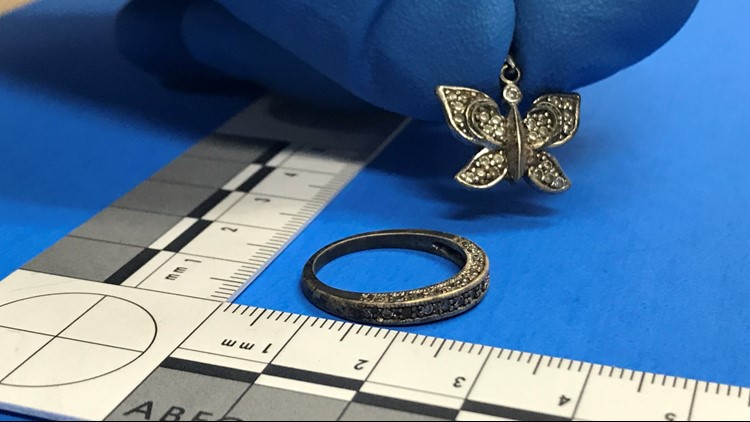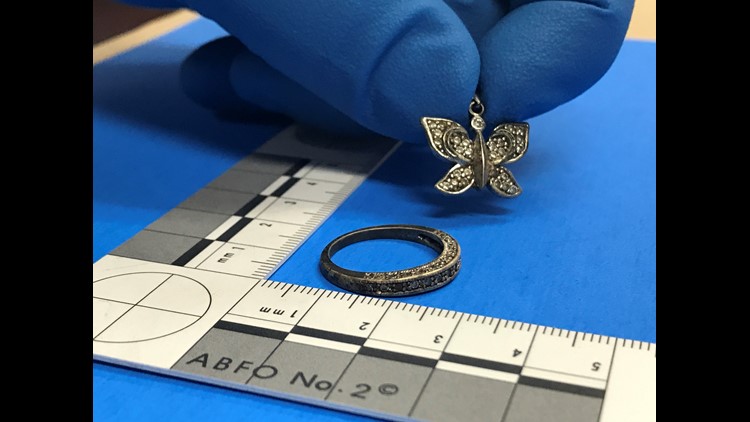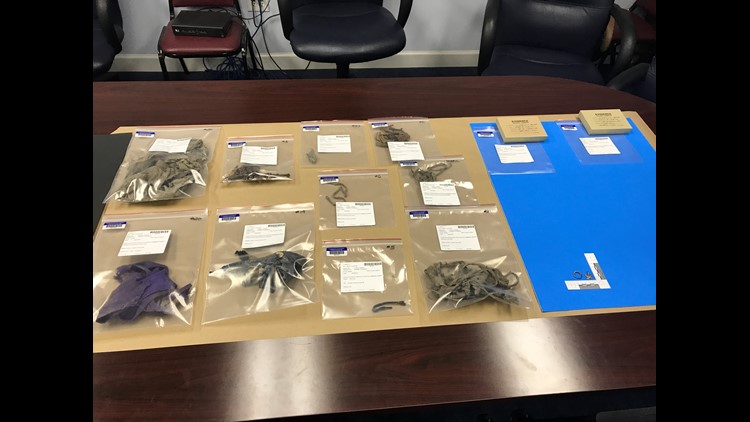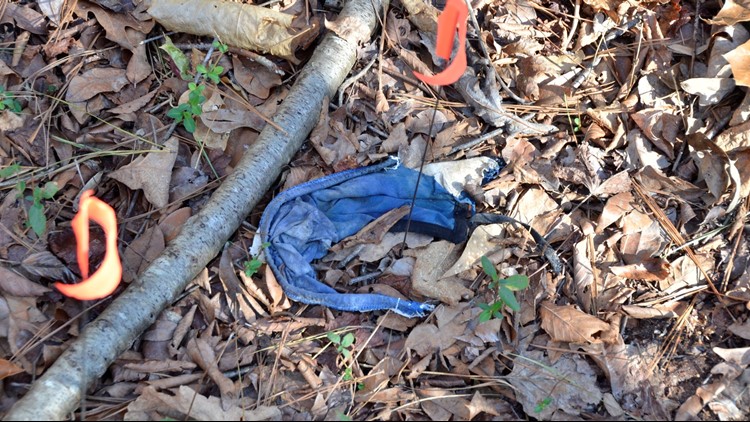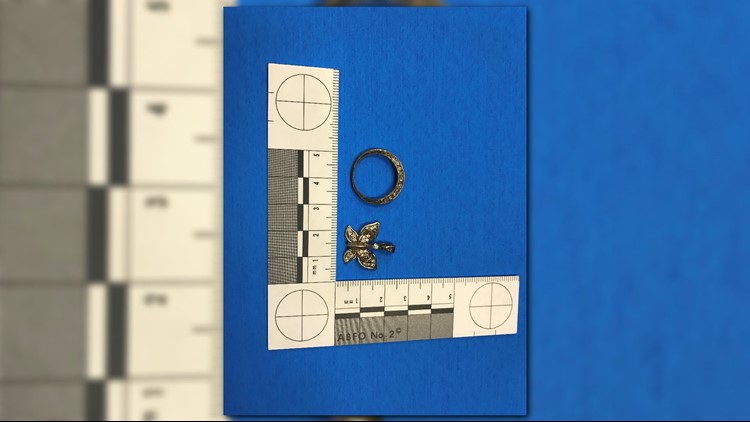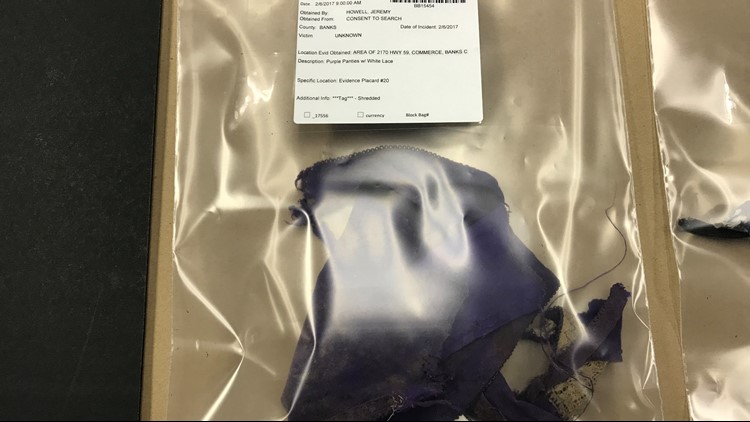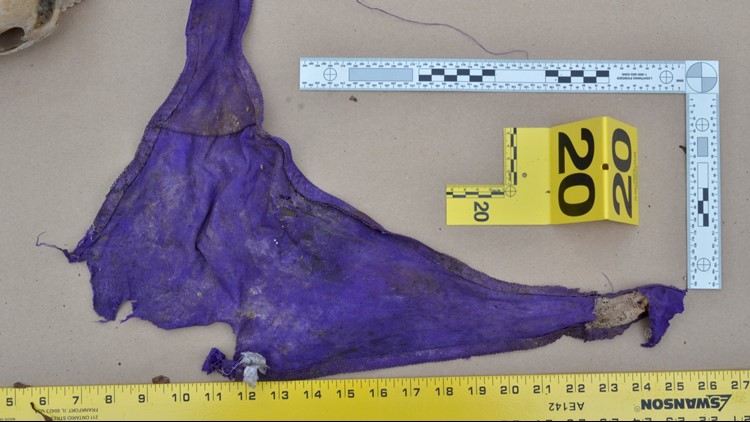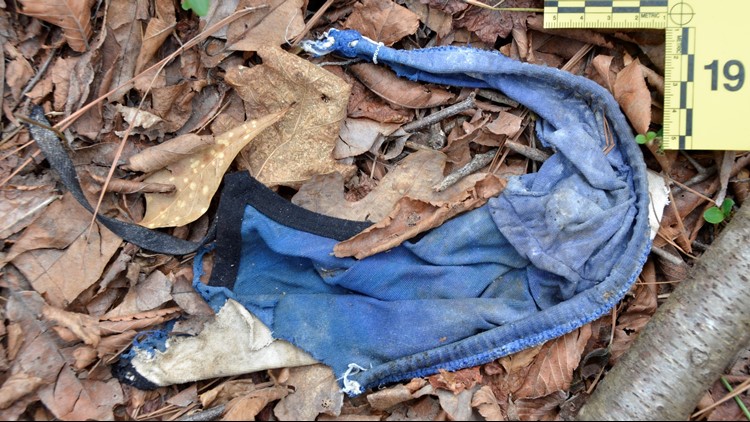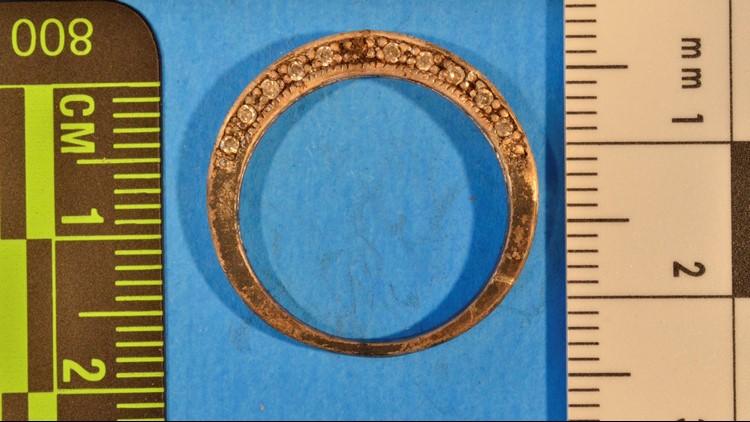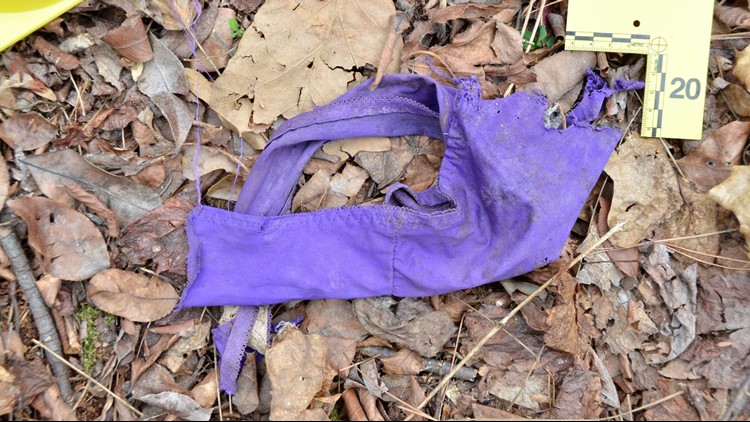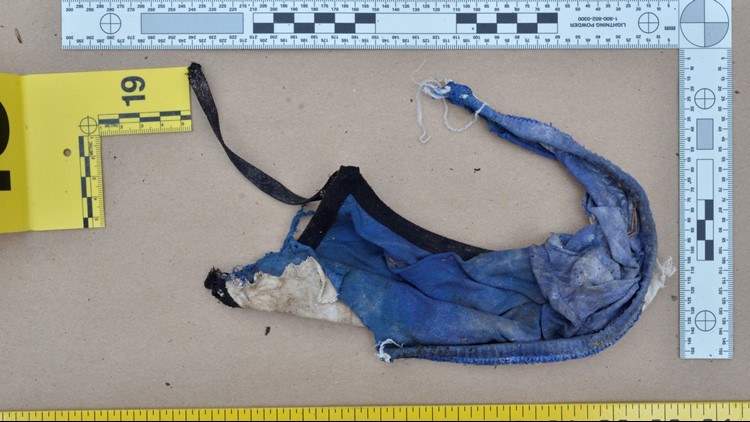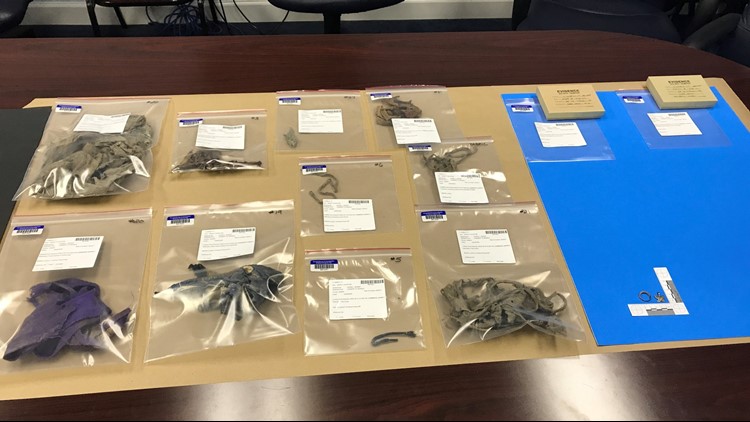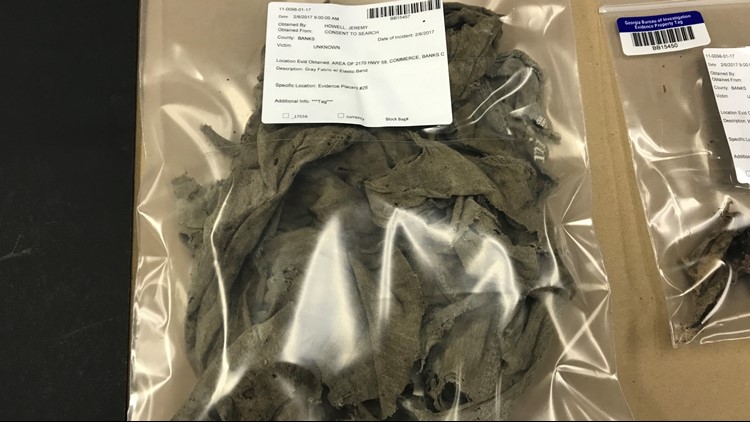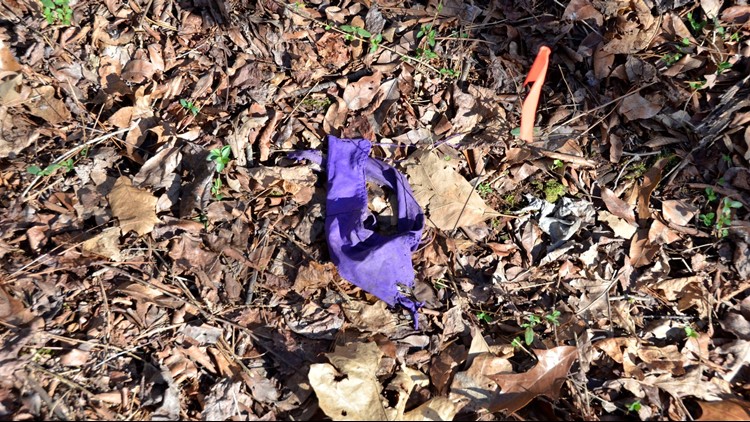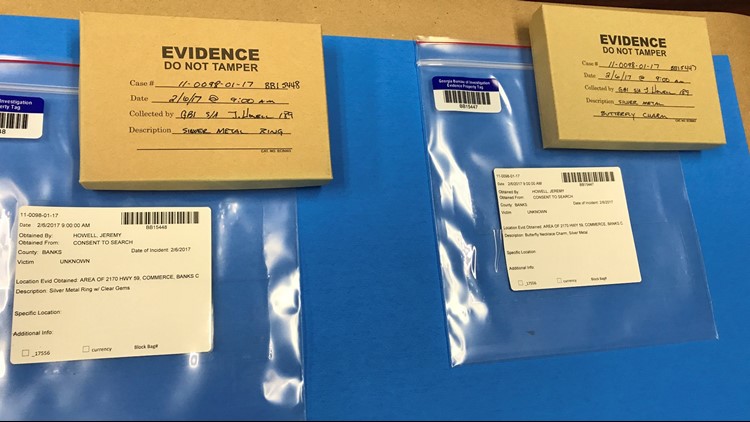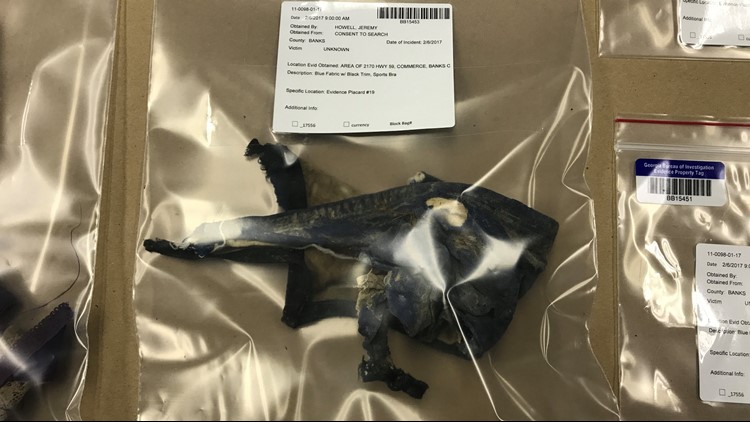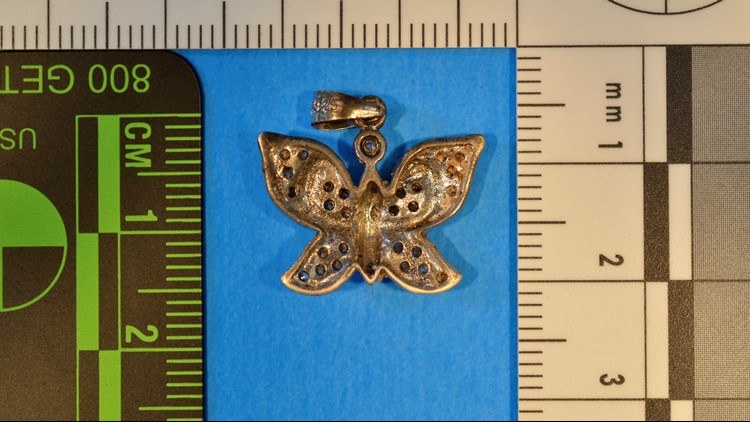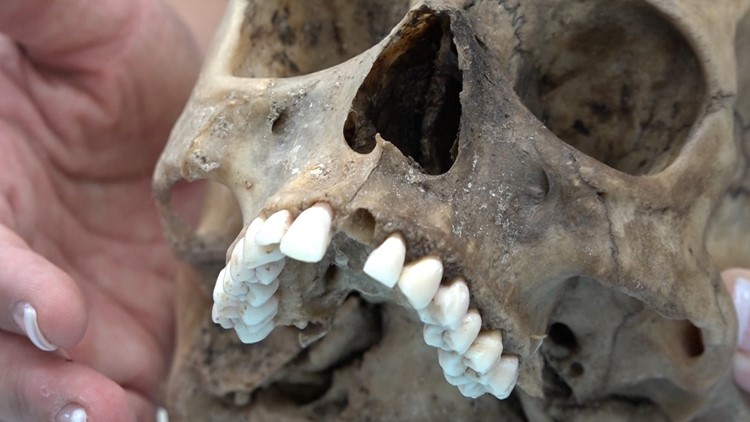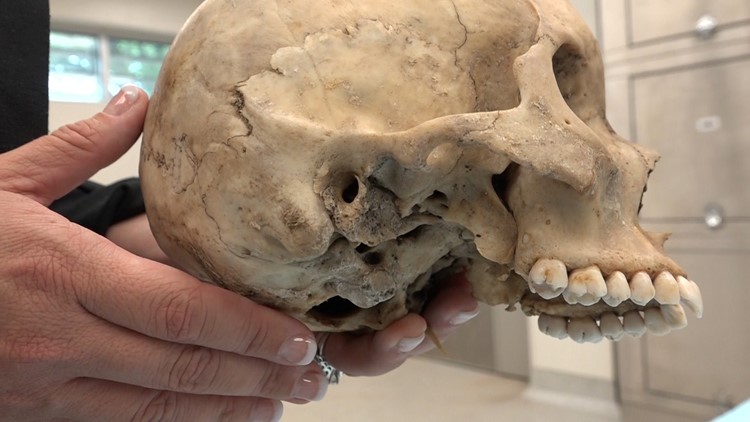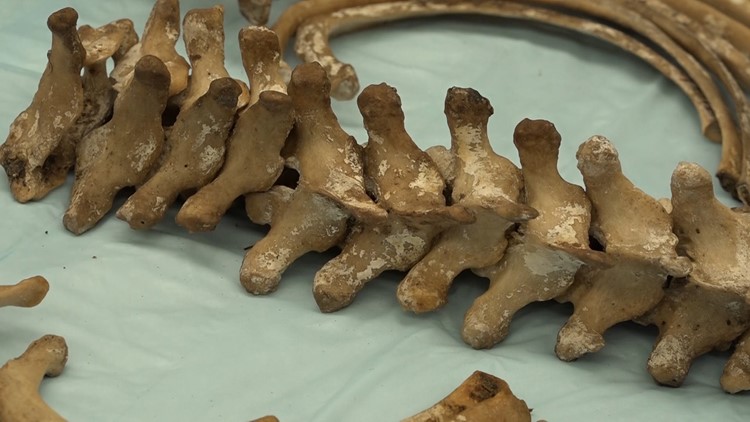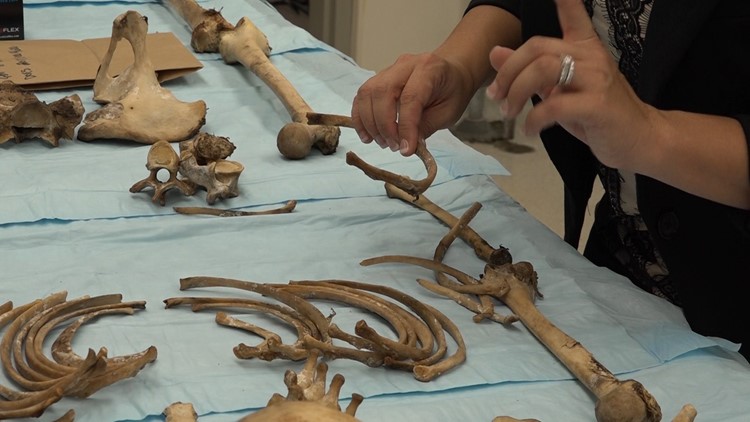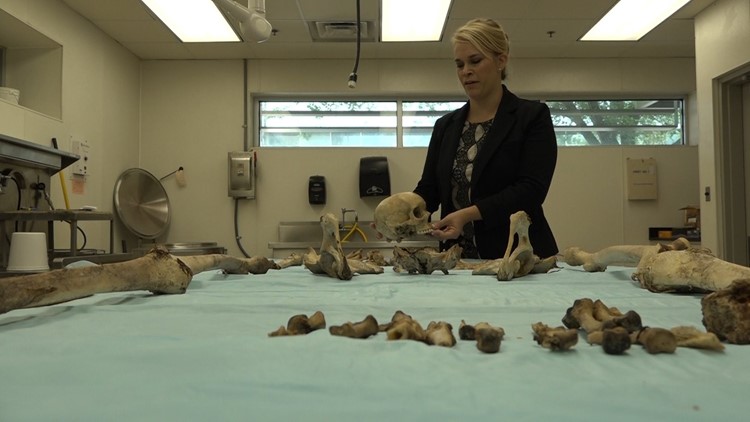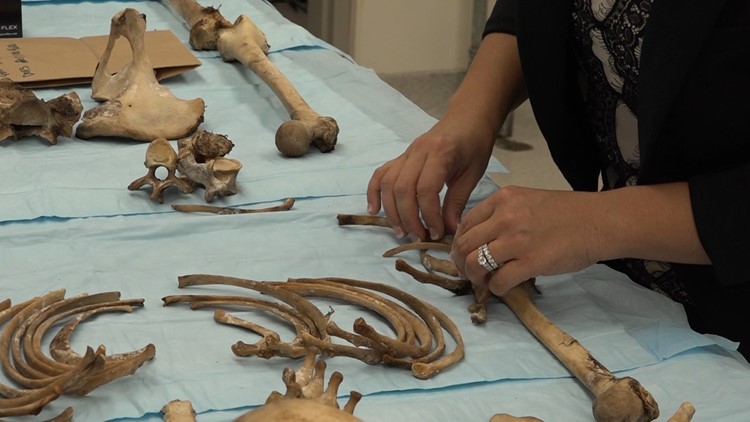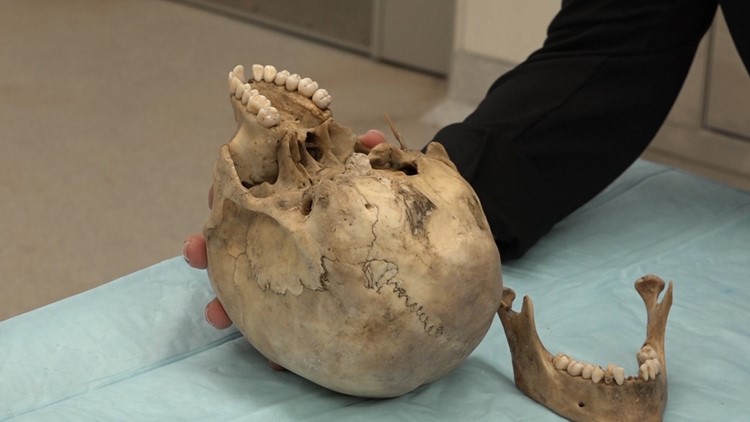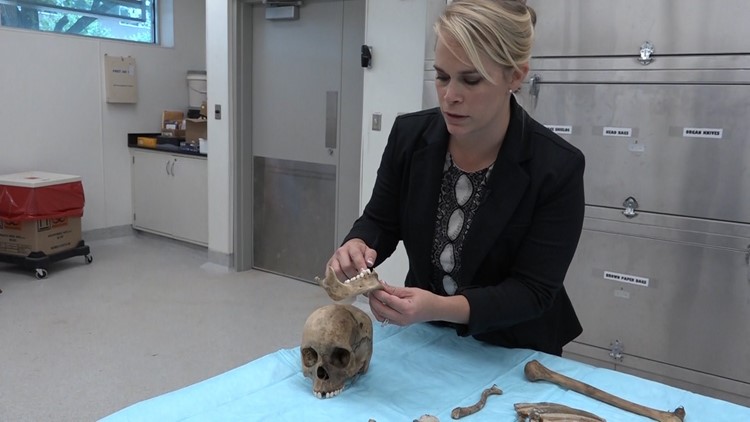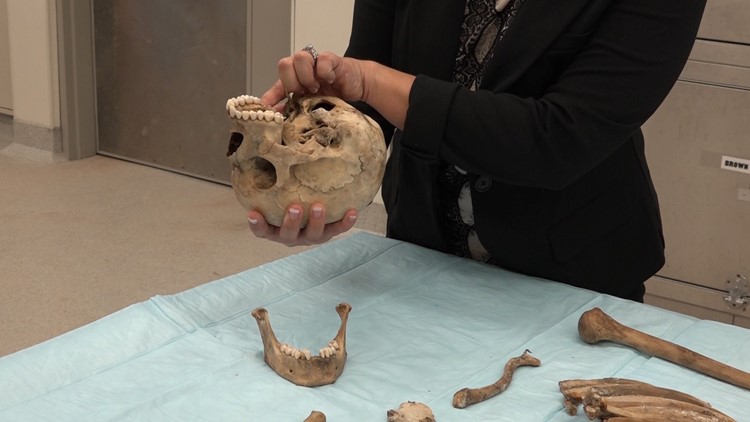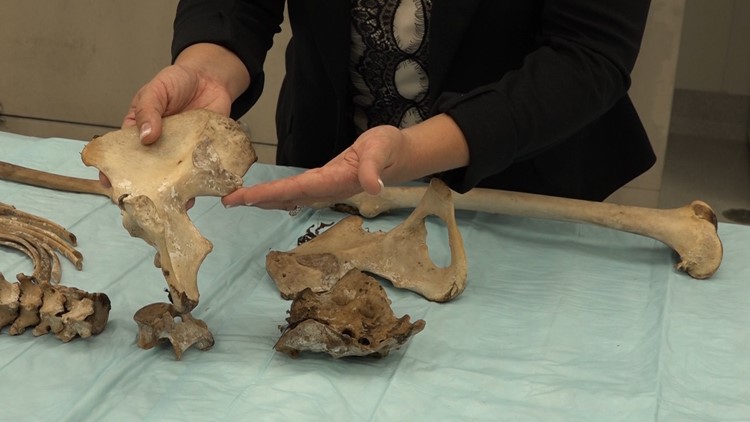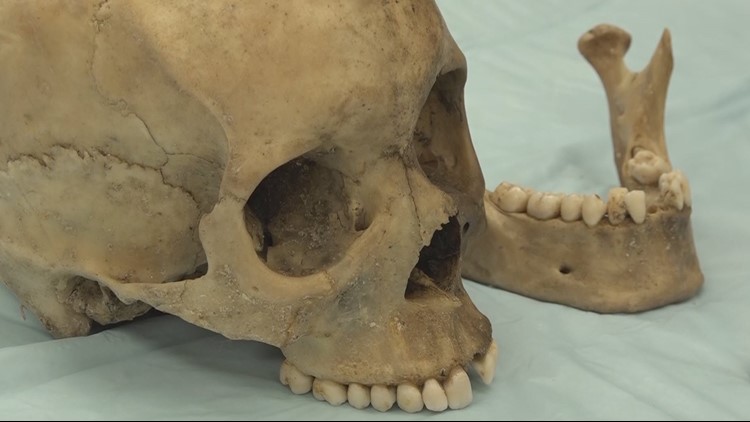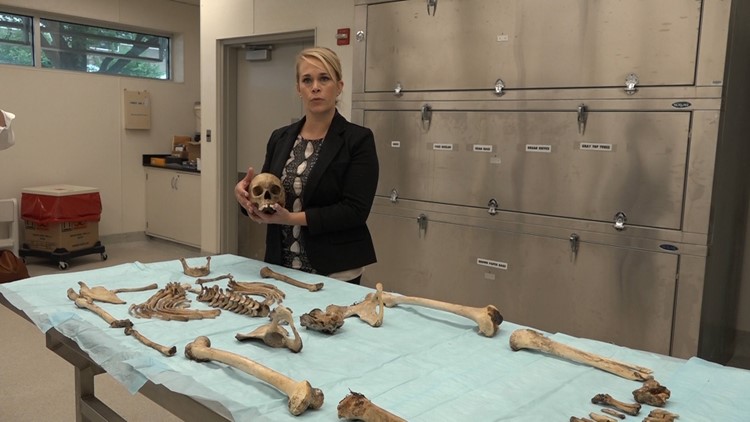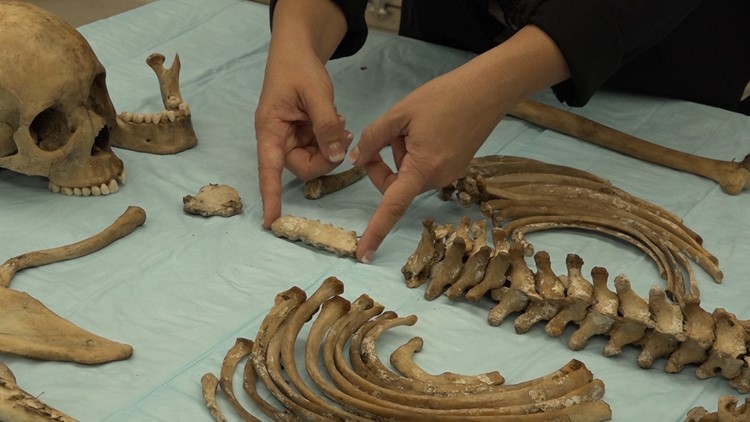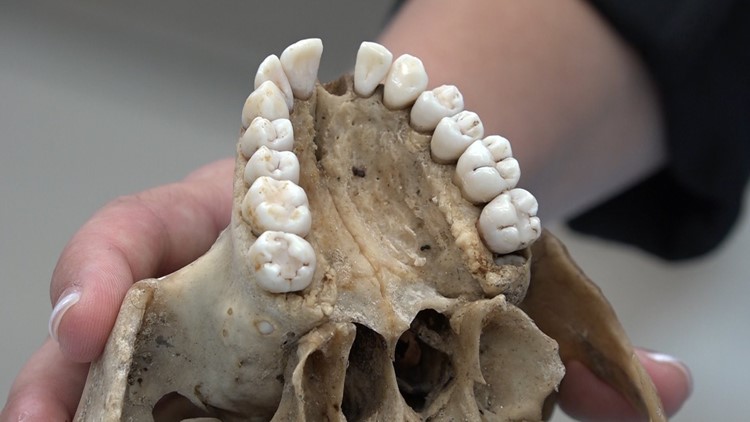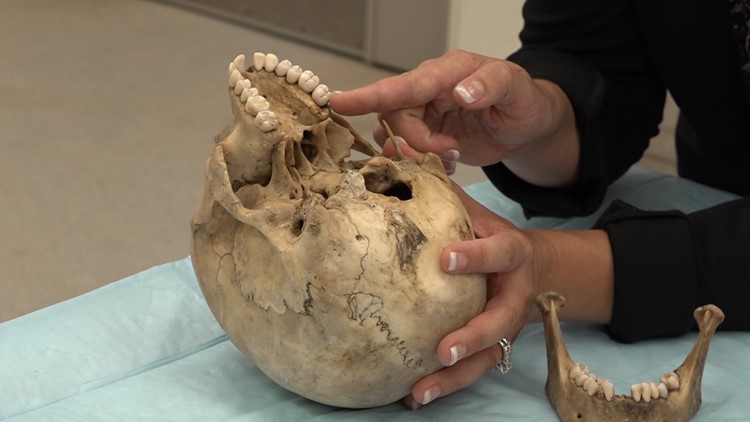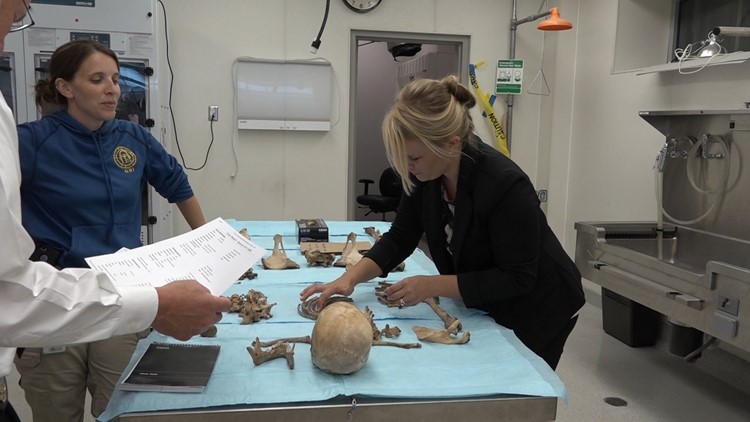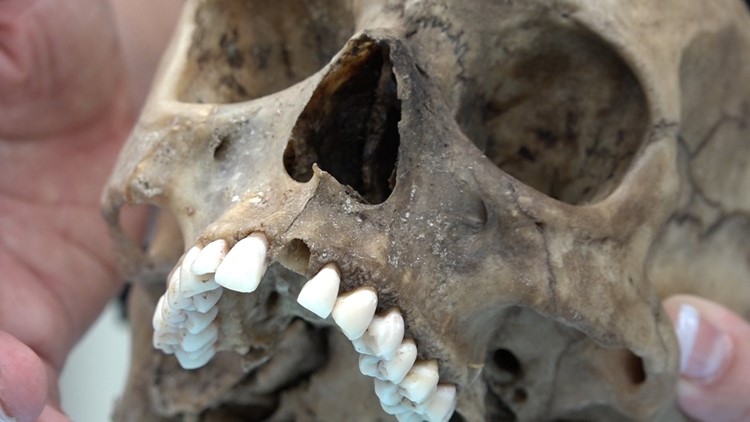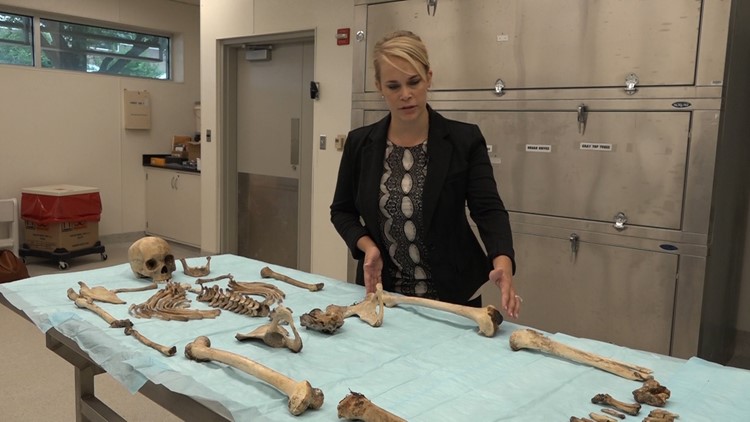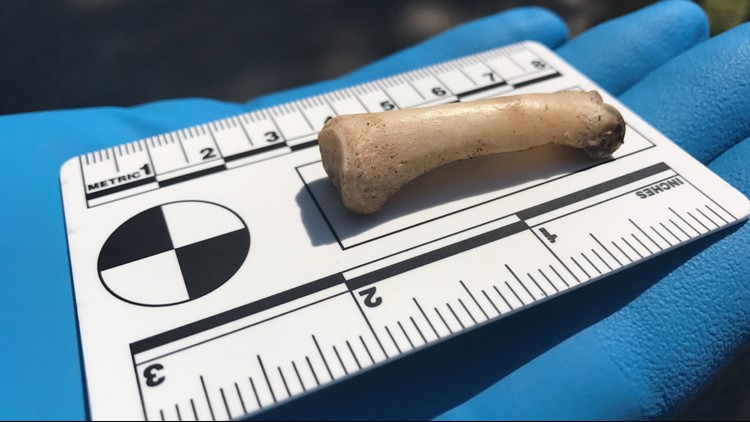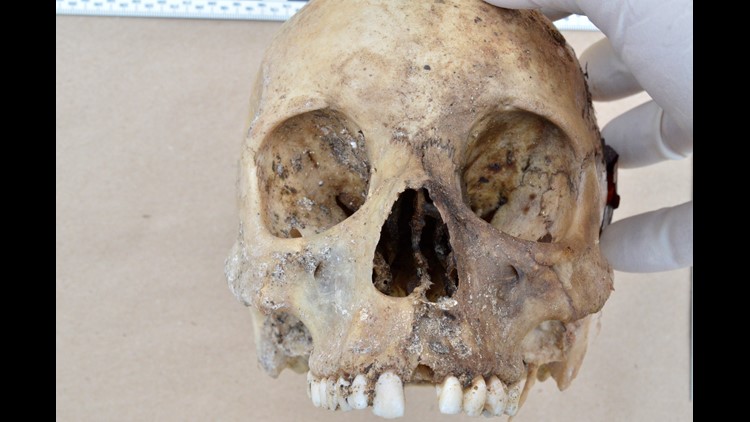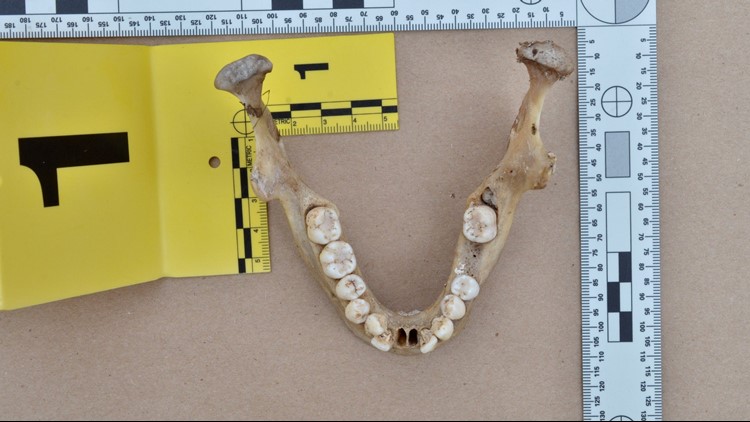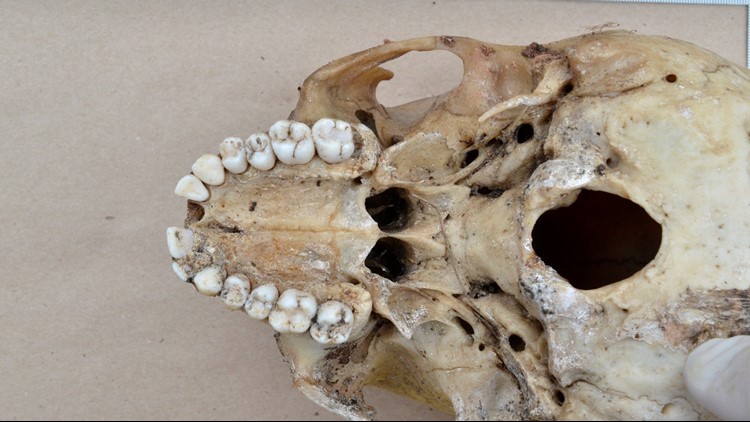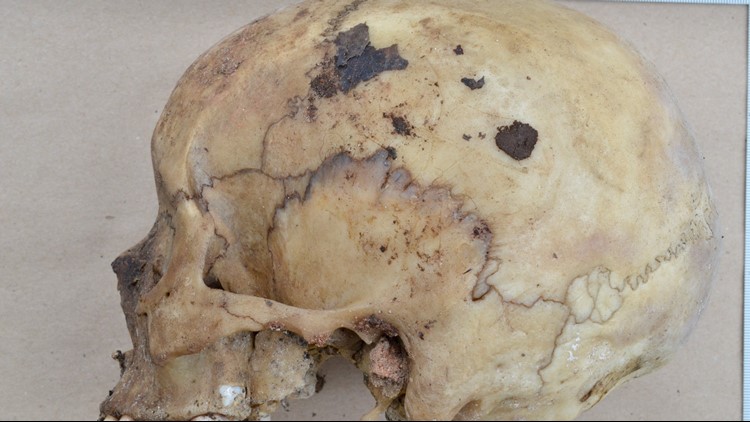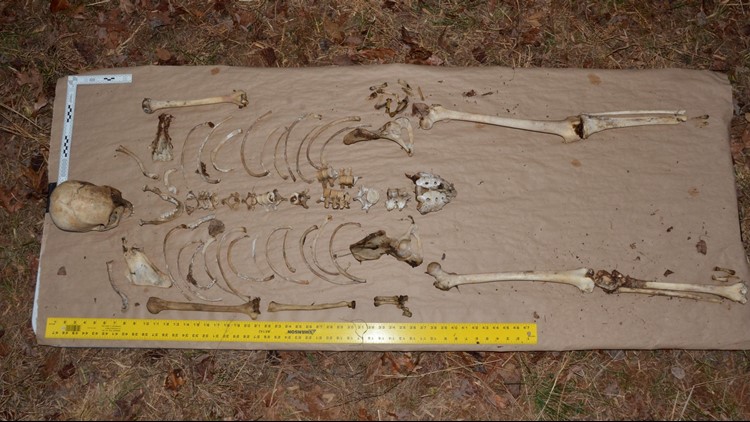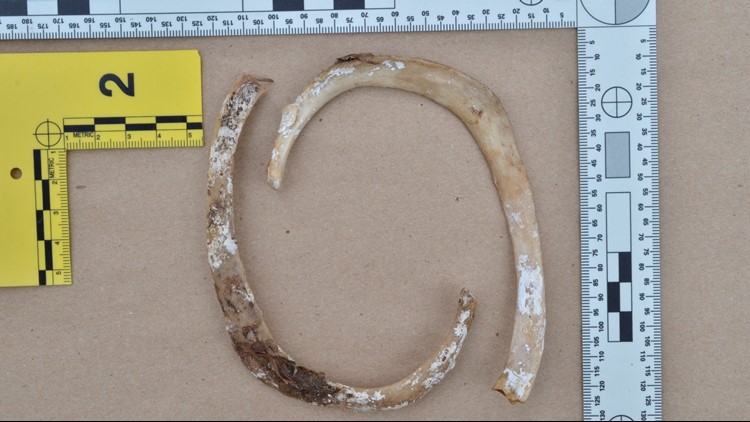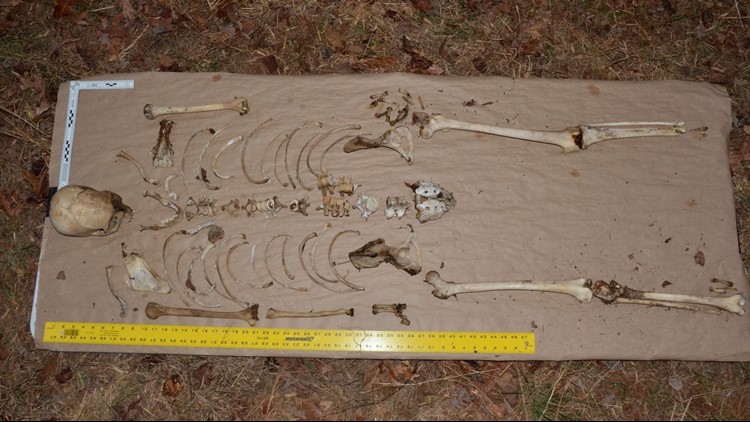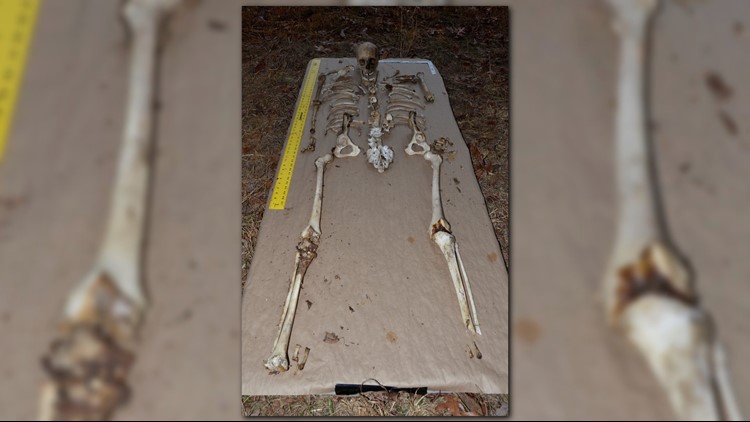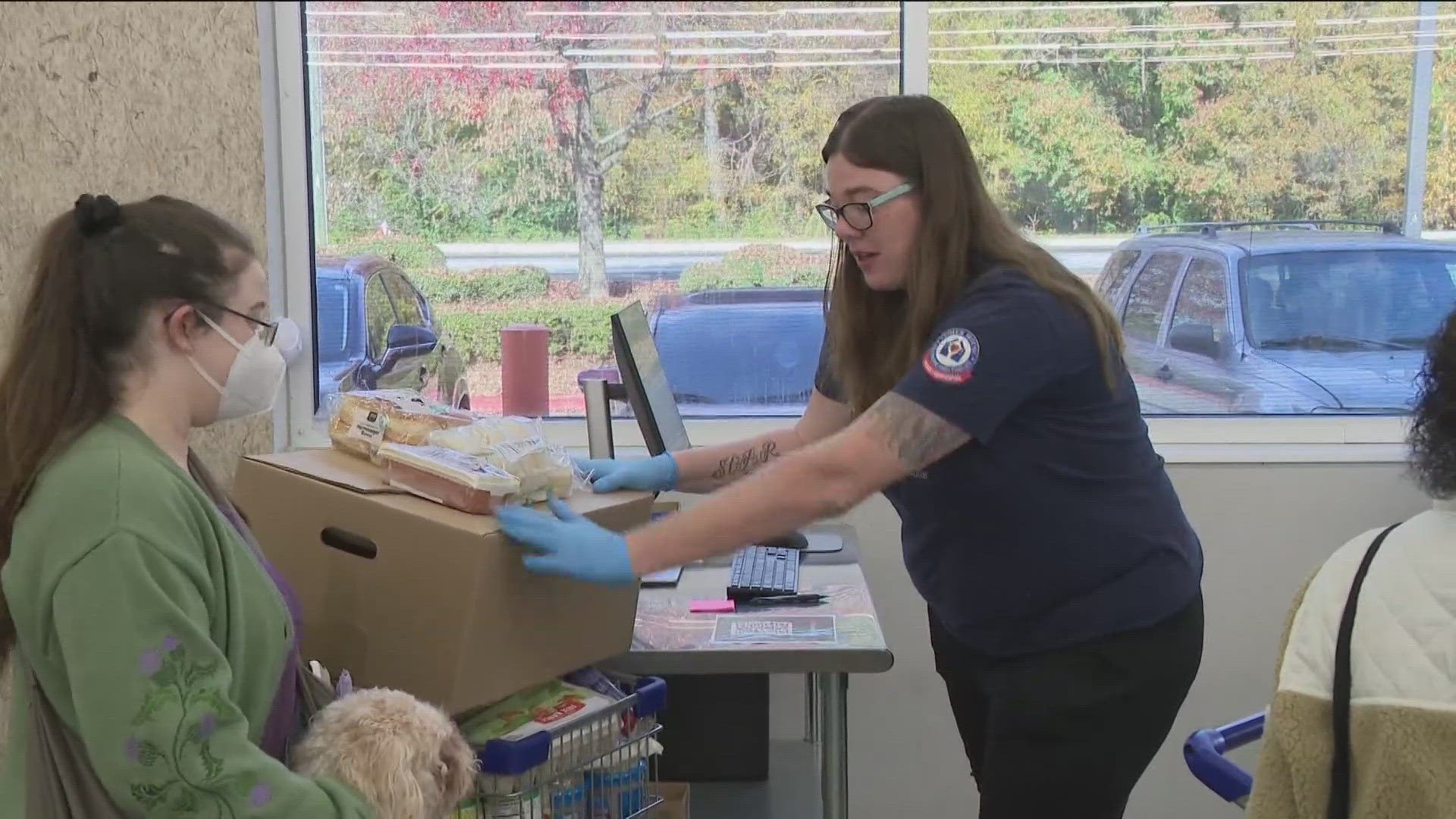One of Georgia’s Jane Does has been identified and her alleged killer arrested.
On April 23, the Georgia Bureau of Investigation (GBI) and the Moultrie Police Department arrested Michael Heads for the murder of Shada Esther, a Jane Doe found in Banks County, Georgia in 2017.


On Aug. 25, 2016, the Moultrie Police Department requested the GBI to assist with a missing person investigation after Esther did not pick up her three children at the school bus stop on Aug. 23, 2016.
That investigation determined that she was last with her live-in boyfriend, 49-year-old Michael Heads.
According to the GBI, Heads left Moultrie and traveled to Atlanta within an hour of Esther’s last contact with anyone else.
With the assistance of the GBI Region 10 field office in Conyers, Georgia, and the Gwinnett County Police Department, Heads was interviewed and his vehicle was processed for evidence.
However, he was not taken into custody at that time and he then moved to Slidell, Louisiana.
FINDING JANE DOE
In February 2017, a female’s remains were found in Banks County, one mile off Interstate 85.
The GBI Region 11 field office in Athens, Georgia was requested by the Banks County Sheriff’s Office to process a scene.
Problem was, investigators had few clues to identify her. She had no face, no fingerprints, and no voice.
They only found her bones, some scraps of clothing and jewelry.
So, they called her Jane Doe.
Her true identity had been stripped away by years of exposure to the elements and neglect.
Jeremy Howell, special agent and crime scene specialist with the GBI, was determined to understand who she was, where her story began, and why it ended in such a rural resting place.
Leading the investigation into who Jane Doe was, he said they hoped someone would recognize the evidence they found alongside her bones, which were scattered throughout the woods just yards off Highway 59, in Commerce, Georgia, and within earshot of one of Georgia’s busiest interstates with several exit points full of trees, brush and thick countryside to cover a crime or dump a body.
“I-85 is a highway that connects several metropolitan areas, whether it's Atlanta or up through South Carolina into North Carolina—along those roadways are several rural areas in which a body can be clandestinely discarded,” Howell said. “It's easy just to pull off I-85, travel about a mile, and you're at a very secluded area in which you can dispose of a body.”
Given that stretch of distance, her home could lead investigators hundreds of miles away.
But first, she needed to be identified.
What they knew was that she was likely a black female, 30 to 44 years old and between 5 feet 2 inches and 5 feet 6 inches tall.
Most of her bones were recovered, as were bits and pieces of her clothing and two pieces of silver jewelry.
The GBI was optimistic that someone would know who she was based on the ring and pendant that were found near her skull—which was stumbled upon by a real estate developer surveying the area.
“Once we can identify her, we can work our victimology. Find out where she's from, who she associates with, and try to get an idea of where she was last seen, who she was last seen with,” Howell said.

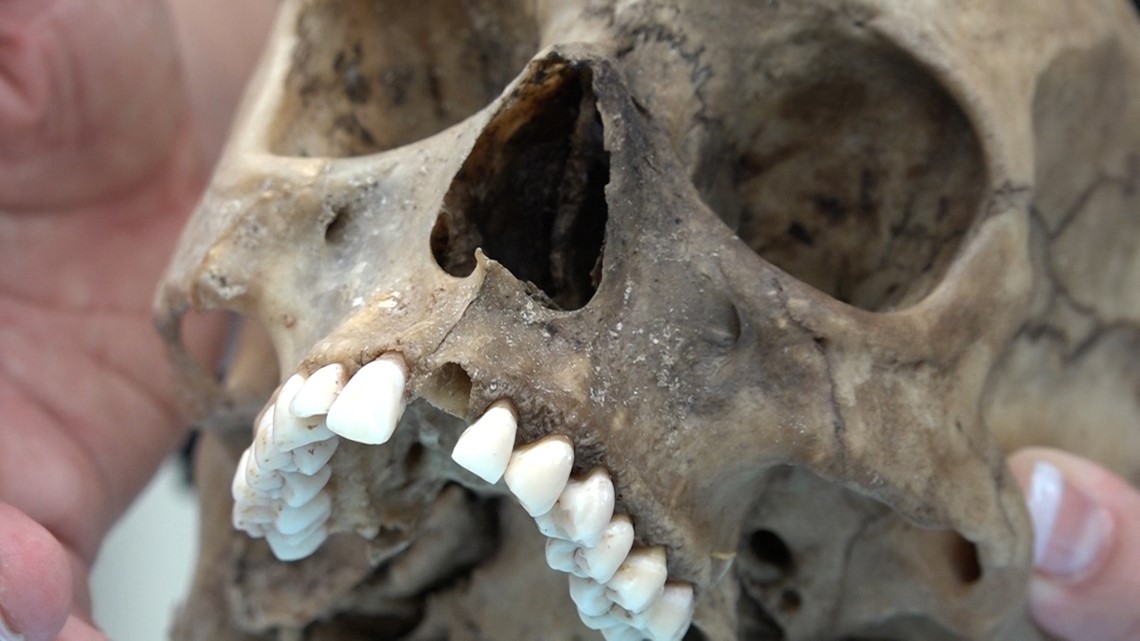
ON THE SCENE
In 2017, 11Alive Investigative Digital Journalist Jessica Noll took an exclusive look into the case with the GBI.
Walking through the crunch of winter’s leftover leaves and pushing through spring’s knee-high grass and thorn-ridden weeds, sporadic highway traffic can be heard just through a patch of fully bloomed trees and bushes.
Just behind the New Salem Methodist Church in Commerce, there is an overgrown service roadway, making the area accessible, but also secretive, Howell said.
“Just a couple of hundred feet off the highway, you can easily pull a vehicle up in here and never be seen. Traffic is not all that frequent on this road; and they're going by at such a fast rate, I doubt that they would notice a vehicle that had pulled up in here in the wooded area,” he reveals.
"This looks a lot different with vegetation,” Howell said, recalling when they found her in February. “It was actually a warmer day. And I think that's what was causing the storms to be rolling through that day. It was not as grown up as it is now. The leaves had fallen, so it was visible through the trees, and there was just a lot of leaf litter on the ground at the time.”
After about a five-minute walk, he turns right into the heavily wooded area access point, trekking through the snap of branches and shuffling through a dust of red Georgia clay dirt.
Cans and bottles are spewed throughout the natural debris.
“There’s a lot of trash out here; a lot of things are dumped out in this area,” he said.
The mid-morning sun peeks through the treetops and dances on the ground, illuminating where Howell points out where he and his team of about 10, dredged through and scoured the 70-by-90-foot scene.
“This is where we began measuring from, is in this area and it was initially set up in this high ground where we ran a tape line down this direction. We found a majority of remains in this depression area right here,” Howell said pointing and explaining where they found her skull.
“She also had some other bones that were located approximately 70 feet down through these woods, as well as some additional remains that were located across this old road bed.”
As he continues to give a tour of the scene, Katrina Willis, an investigative evidence analyst with the Banks County Sheriff’s Office, places something minute into the palm of Howell’s hand. He looks at it and determines immediately what he’s holding.
It’s another bone.
Four months after their initial search of the scene.
It’s a finger bone.
But, he’s not surprised given the change in terrain.
“I can tell you that it seems to be consistent with a hand bone or a foot bone,” Howell said. “I'm not surprised by this, given how long she was out here, the leaf litter, the ground debris. We recovered the majority of her, but again, some of these smaller bones are difficult to see and difficult to find—even as we rake and sifted through all this debris.”
Howell said rodents and animals will grab the bones and haul them off and put them in their nest or underneath one of the many down trees or large, fallen branches.
“It would not surprise me if there were small bone fragments in that tree stump over there that would have been dragged away through rodent activity—but we try our best to recover what we can through digging and sifting,” he said.
As he walks through the wooded area, he bends over, pushing leaves around with his heavy, tan work boots, searching with a meticulous eye.
“That's a twisted root. It's amazing how even little sticks now look like bone fragment,” he said. “It's got me in hunting mode now.”
A find so important, he said, it warrants another survey of the land since the leaf litter changes the visual dynamics of the area.
“There's no telling what all else may be out here,” he said. “Now, I want to spend a day out here again... keep looking. We could spend forever out here and possibly not recover everything.”
Many of the larger bones were located on the other side of a depressed, old roadbed, including a head and leg bone.
While the bones were scattered, he said there is no indication that she was dismembered.
Howell, who studied for 10 weeks at Tennessee’s University of Tennessee Anthropological Research Facility, also known as the “Body Farm,” said her body was likely in the woods for four years or less.
“One component of that is body recovery and learning to recognize different bones in various states of decomposition, Howell said. “Once you recognize what the bones are, they're actually rather easy to find.”
THE INVESTIGATION
It all started when a real estate developer surveying the land for construction thought he saw a soccer ball.
It was a bright white, round… skull.
The skull appeared to be undisturbed, Howell said.
“It had bleaching on one side of the skull and the side of the skull was not exposed to the sun and to the elements had some slight discoloration to it,” he said. “We're also looking for any trauma that may be to the skull, such as blunt-force trauma, a bullet hole, or anything else that seems abnormal.”
While there was no evidence to suggest blunt-force trauma, they are treating her case as a possible homicide.
“It would be irresponsible to not treat this as a foul-play homicide,” Howell said.
The investigation started when Banks County Sheriff’s Office and the GBI recovered bones and evidence on Monday, Feb. 6.
“When we're requested to do a skeletal recovery, one of the first things we want to do is survey the territory," Howell said. "Is it a clandestine burial or is it a surface scatter? In this situation, it was a surface scatter.”
Not a burial.
It appeared, he said, to be the result of some animal activity associated with the remains; they were dispersed throughout the area—a scene spreading roughly 70-feet long by 90-feet wide.
Oftentimes, he admitted, crime scene work can be dynamic and ever-changing, especially when we're dealing with environmental conditions like scattered storms rolling through the area.
“We were doing our best to try and collect all the remains, search the area, scrape away all the pine straw and the leaves in the area, to be able to locate all the evidence that we could find before the rains moved in,” Howell recalled.
But they were also dealing with diminished daylight in the wintertime evening hours.
“The sunlight changed throughout the course of the day so things that we were not seeing during the daylight hours, we were seeing midday and into the afternoon,” Howell said, who also said the investigators raked and sifted through small quadrants, locating bones and evidence; documenting them and photographing them, laying them out to form the shape of her body.
A look inside the evidence
Dispersed among the bones, investigators found two pieces of silver-colored jewelry, as well as several pieces of clothing—which they had to isolate from the trash strewn across the area.
“We have to evaluate and determine whether or not there's any sort of investigative interest associated with it,” Howell said.
Approximately 20 to 30 feet from the bones, they found a small, blue drawstring or shoelace, purple underwear with white lace, a blue sports bra with black trim and white or gray sweatsuit-type pants and remnants of a t-shirt—all degraded due to environmental conditions.
Jewelry found in close proximity to the skull included a silver butterfly necklace pendant with clear jewels and a silver ring with clear gems embedded inside and around the top of the ring.
“I'm hoping that somebody will recognize one element of the clothing or one element of the jewelry and give us some direction as to who this may be,” Howell said.
As it stands, he said, they’re treating her case as a homicide investigation, covering everything from sexual assault to abduction to kidnapping to human trafficking and armed robbery.
PHOTOS | Body found, look through the evidence
TELLING JANE’S STORY
GBI anthropologist Alice Gooding, who worked on beauty queen Tara Grinstead’s murder case and excavation, said that she could determine the female’s height, sex, and ancestry based on her bones and what they tell her.
She said bones give the dead a voice.
“They don’t have a voice at this point and there’s no one speaking for them… and as a scientist, this is the best that I can offer.”
Her bones are quite small and gracile, which means they're very smooth, giving her a pretty good indication that she is female, Gooding told 11Alive in 2017.
Height is determined by the length of the arm and leg bones, she said.
“She was pretty short, and you can tell the length of the bones are quite short.”
“In terms of stature, or living height, we can measure the bones themselves and put that into a program that generates a height based on the measurements of all her long bones—which are the bones of her arms and legs,” Gooding said holding up the femur bone.
Race, however, is a difficult concept, she said, especially when looking at bones.
“We use [race] in life and it connotes skin color and language, clothing, personal mannerisms, but unfortunately, our bones are only a collection of genetic-relatedness from thousands of years ago,” Gooding explained.
“So, they show us our ancestry, as opposed to race. And there's not always a tight correlation between your skin color in life and the... I guess what our bones are telling us.”
That said, the bones are likely that of a black female, but also has Hispanic and American white traits present—but nothing decisive, although some black, tightly curled hair was found amidst the bones as they were recovered.
“Unfortunately, she actually had characteristics in the face of multiple, different ancestral groups, which is going to make it more difficult for her to be identified,” she said. “We identified her as being 'probable black,' however, she neatly falls into categories of Hispanic and American white females as well.”
PHOTOS | Bones found in Banks County
While her remains were a largely completed skeleton, Gooding said the skeleton was missing some components of her left, lower arm. And her right lower arm was missing a bone, as well as missing some from her hands and feet.
“We really only have fragmentary remains of—because there's carnivore damage to the bones, which means scavenger animals chewed up the ends of the bones, and they also chewed up some of the hands and feet, so we are missing quite a bit of those—and a few of the lumbar vertebrae as well, which are the vertebrae in your lower back.”
Gooding could determine an approximate age based on visual observation and examination of her pelvic bone, as well as her teeth.

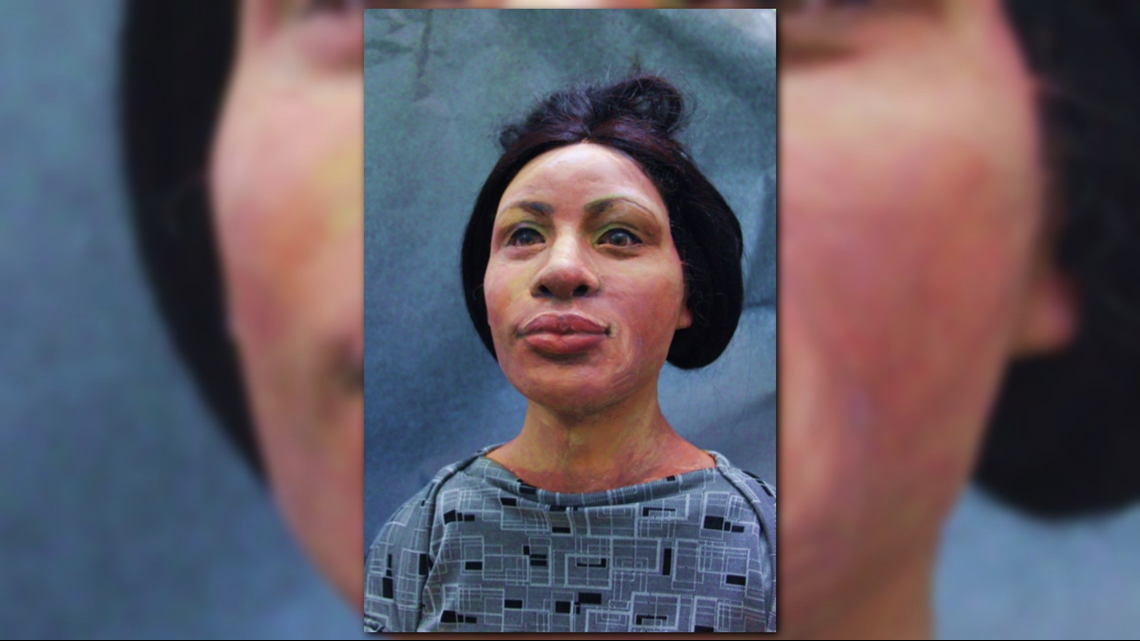
“Her teeth are also not very worn down, which means that she is not significantly older—which means that the age estimation that we did off the pelvis is corroborated by the teeth.”
She points out the quality of her teeth, indicating, she said, that she may have had braces at some point and access to healthcare.
“The bottom ones, there is kind of an interesting displacement of this tooth, and she is missing a molar that would have fallen out or been taken out long before death. However, she has an uninterrupted wisdom tooth.”
Another indication of her age, she said, is her skull.
“In females, you tend to see a smoother brow ridge, which are those bones underneath your eyebrows,” she said.
The skull also clues the forensic anthropologist that there is no evidence of “perimortem trauma,” which is trauma that happens at or around the time of death.
“In this case, no, there's nothing on the bone that indicates what happened to her,” Gooding said.
In August 2017, following a review of the bones, it was noted that Jane’s remains had similarities to Esther. And in July 2018, the GBI released new forensic artwork to identify remains.
DNA was identified via her bones and GBI forensic artist Kelly Lawson used the information her remains revealed to sketch and create a reconstruction of her face.
In April 2019, her remains were confirmed by DNA analysis to be Esther’s.
The GBI and Moultrie Police Department secured arrest warrants and traveled to Slidell to locate and arrest Heads for her murder and also charged him with two counts of felony financial transaction card fraud.
The St. Tammany’s Parish Sheriff’s Office in Louisiana provided crucial assistance in locating and arresting Heads. The extradition process will begin in Louisiana to return Heads to Georgia to face criminal charges.
This investigation is ongoing.
Anyone with information is encouraged to contact the Moultrie Police Department at 229-985-3131 or the GBI Thomasville Office at 229-225-4090.
For more of Georgia's cold cases, visit 11Alive's Cold Case page.
HOW WE DID THE STORY |
Gone Cold is an ongoing series, where 11Alive Journalist Jessica Noll investigates some of the most infamous and lesser-known cold cases in Georgia. She's digging for answers for the still-grieving families who long for them and for the victims who have never found their justice.
11Alive Journalist Jessica Noll interviewed several law enforcement agents and investigators to journalistically gather every aspect of the story possible. She investigated the case, sifting through public records, police reports, autopsy reports, anthropologist reports, and photos.
CONTACT THE REPORTER |
Jessica Noll is a multimedia journalist, who focuses on in-depth, investigative crime/justice reports for 11Alive's digital platforms. Follow her on Twitter @JNJournalist and like her on Facebook to keep up with her latest work. If you have a tip or story idea, email her at jnoll@11Alive.com or call, text at (404) 664-3634.
Join our "Gone Cold" Facebook group and join our discussions about cases like these, athttps://www.facebook.com/groups/gonecold/ and follow us on Twitter: @11AliveGoneCold.





